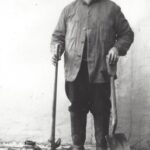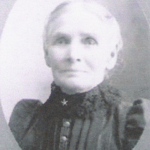Native Americans (among many other cultures) believed they were connected with nature and the world around them. They often viewed these connections to be to unseen forces that shaped a person’s destiny. To tap into these forces, they created the Dreamcatchers.
The Native Americans believed that dreams were energy that surrounds them as they slept. It was the energy that produced the dreams. Dreams could be “good dreams” or “bad dreams”, which produce either a positive or negative effect on their lives.
Both the Ojibwe (Chippewa) and Lakota Sioux tribes created Dreamcatchers. They were constructed of natural materials that were meant to disintegrate back to nature as a young child became an adult. The Dreamcatcher consisted of a hoop with a spider web type design inside with a hole in the middle. To decorate it, hung from the bottom of the Dreamcatcher would be feathers, shells, and/or stones.
The hoop symbolized the circle of life, having no beginning and no end. It also represents the path of the Sun and Moon as they traveled across the sky. It was believed the Dreamcatcher’s spider web would allow “good dreams” with their positive energy to pass through the central hole, while the “bad dreams” were captured by the Dreamcatcher’s webbing. The light of dawn would dispel the “bad dreams” and their negative energy, thus protecting the child.
The Native Americans would hang the Dreamcatchers over the sleeping area of young children to prevent “bad dreams” – negative energy – from impacting the children. It is much easier to fall asleep when you know the Dreamcatcher is there to protect you from “bad dreams”.
Today, many people view the Dreamcatchers as a means of capturing negative energy and to prevent that energy from effecting them. The Dreamcatchers are now hung throughout people’s homes and places of employment. At work they are viewed as being able to reduce the stress that a person feels. Dreamcatchers are today viewed as a token of good wishes. They are often given to new mothers and their babies, to newlyweds, and to christen new homes.




